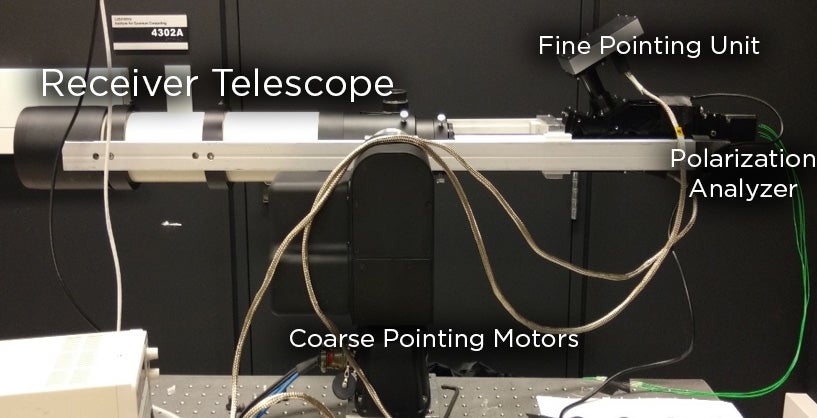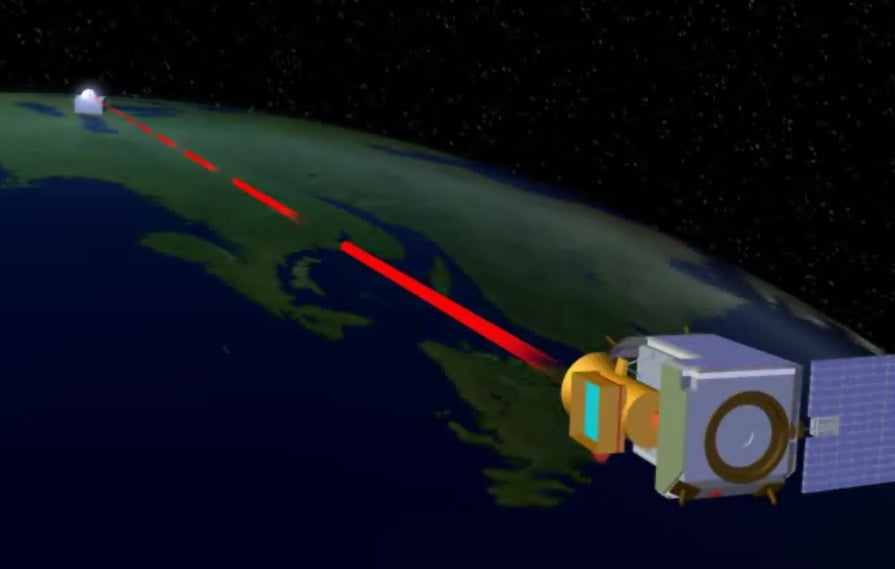
“We anticipate the payload of a future QKD space mission will incorporate narrow-field quantum receiver optics that will require fine pointing performance of 20 µrad or better,” explains Jennewein, a faculty member with Waterloo’s Department of Physics & Astronomy. “The pointing accuracy of the APT system we have developed is sufficient to allow QKD to be performed even with angular disturbances to the receiver telescope and fluctuations of the laser beacon. It performs very well and is clearly suitable for a future quantum space mission.”
Over the course of the ten-month project, IQC led a team of industrial partners consisting of Institut National d’Optique (INO) in Québec City and the Neptec Design Group in Ottawa to design and build two engineering demonstration units of the APT system. The characteristics of the APT demonstration units are to be form-fit-function representative, compatible with the existing QKDR prototype built under the original contract, and have a clear path-to-flight towards an actual space mission. One of the APT units will remain in the laboratory at IQC (which can be seen on video), while the other will be used for outdoor trials, including a demonstration of QKD between a receiver on an aircraft and a transmitter on the ground.
QKD solves the long-standing problem of securely transporting cryptographic keys between distant locations. Since single photons behave according to the laws of quantum mechanics, they cannot be tapped, copied or directly measured without detection. Only systems based on quantum cryptography can offer long-term data security because they rely on the fundamental laws of physics rather than mathematical assumptions, meaning that new algorithms or more powerful computers cannot threaten the system. Commercially available ground-based technologies, however, can only cover distances of up to 200 kilometres due to photon absorption in fibre optic cables. Free-space, satellite-based QKD systems offer the best approach for surpassing this distance limitation with today’s technology.
